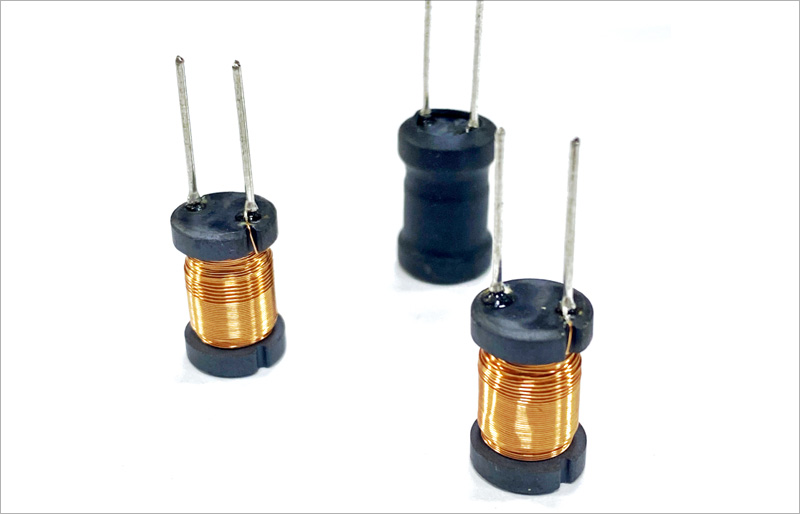The quality factor of an inductor, commonly known as the Q value, is an important parameter for measuring the performance of an inductor device. It is defined as the ratio of the inductance presented by an inductor when operating at a certain frequency of AC voltage to its equivalent loss resistance. The quality factor is closely related to the DC resistance of the coil wire, the dielectric loss of the coil skeleton, and the losses caused by the iron core, shielding cover, etc. The higher the Q value of an inductor, the smaller its loss and higher its efficiency. Therefore, when making finished inductors, we hope that the higher the Q value, the better.
Calculation formula
The energy stored in a Q=2 π x circuit is the energy consumed by the circuit within one cycle. Among them, ω is the power frequency at which the circuit resonates, L represents the inductance, R is the series resistor, and C is the capacitor.
The quality factor describes the ratio of energy storage in a circuit to its weekly energy consumption, and it contradicts the bandwidth of the passband, showing an inverse ratio. If a wider passband is required while ensuring the resonance point, the smaller the Q value, the better; The larger the Q value, the narrower the resonant passband, which means the frequency range included is narrower.
The function of high and low Q values
Excessive Q value can cause inductor burnout, capacitor breakdown, and circuit oscillation.
When Q is large, there will be a phenomenon where VL=VC>>V. This phenomenon often leads to the insulation of inductors and the breakdown of the dielectric in capacitors in the power system, resulting in losses. So resonance phenomenon should be avoided in the power system. On the contrary, in some wireless devices, resonance characteristics are often utilized to increase the amplitude of weak signals.
In some applications, such as impedance circuits, absorption circuits, frequency selection circuits, notch circuits, etc., the larger the Q value, the better. This is achieved by utilizing the frequency characteristics of resonant circuits during resonance to achieve specific functions. The quality factor of an inductor is also related to the operating frequency. Generally, the Q value of an inductor increases with the increase of frequency, but after exceeding a certain limit frequency point, in other words, the Q value of the inductor will sharply decrease after exceeding the critical point.
For example, when designing a broadband filter, an excessively high Q value, if no other measures are taken, will deteriorate the flatness within the band. In the decoupling circuit of the power supply, high Q value inductors and capacitors are prone to self resonance, which is not conducive to eliminating interference noise in the power supply. However, for oscillators, we hope to have a higher Q value because the higher the Q value, the more favorable it is for the frequency stability and phase noise of the oscillator. The conclusion is that the magnitude of the inductance Q value depends on practical application, and it does not mean that the larger the value, the better.
The improvement of inductance Q value is often limited by some factors, such as the DC resistance of the wire, the dielectric loss of the coil skeleton, the losses caused by the iron core and shielding, and the skin effect during high-frequency operation. Therefore, the Q value of the coil cannot be very high, usually ranging from tens to hundreds, with a maximum of only four to five hundred.





